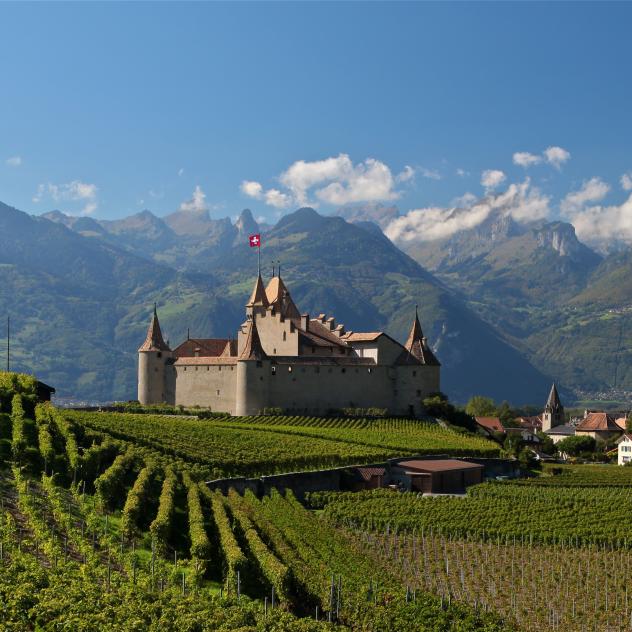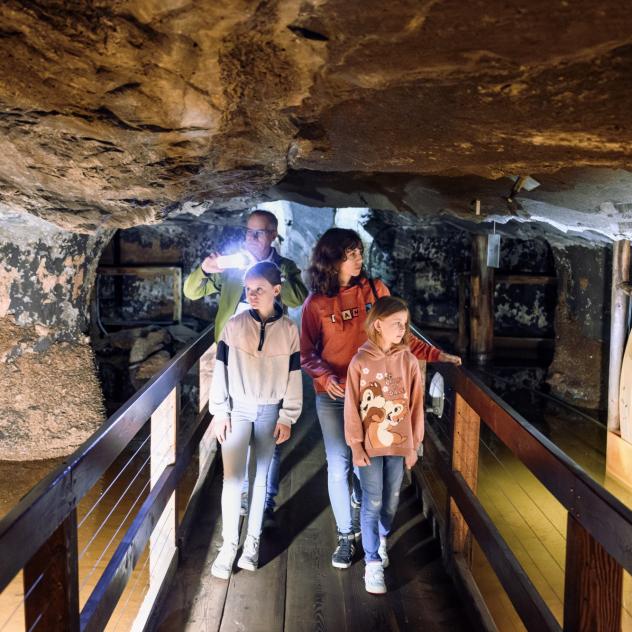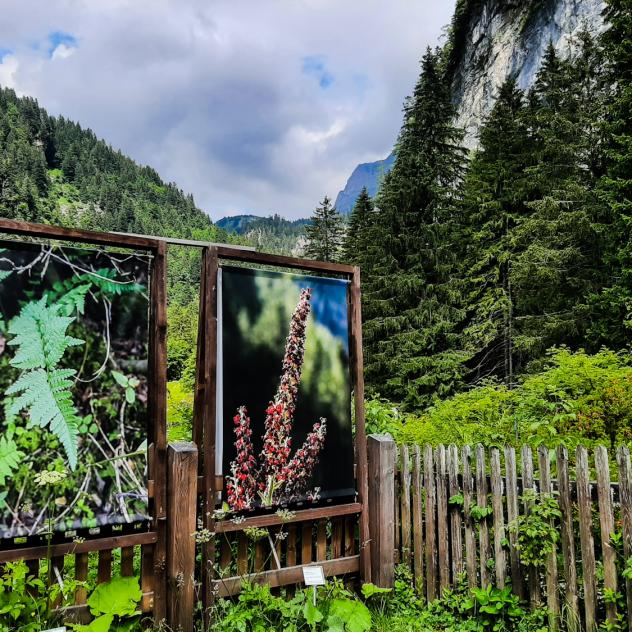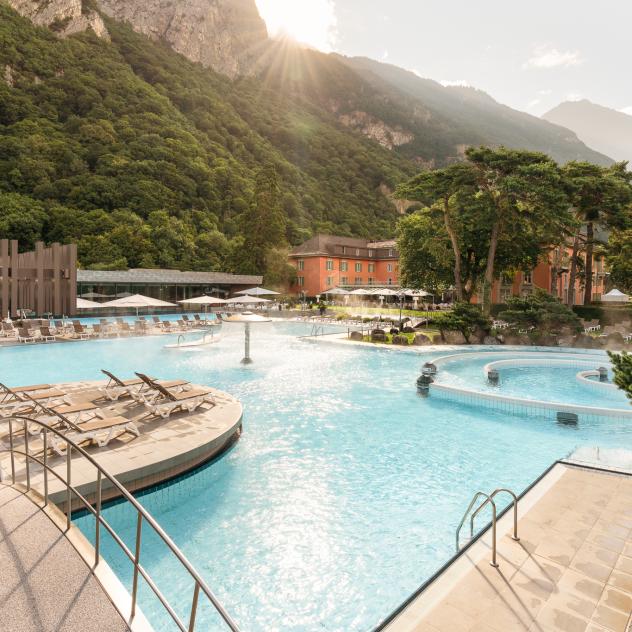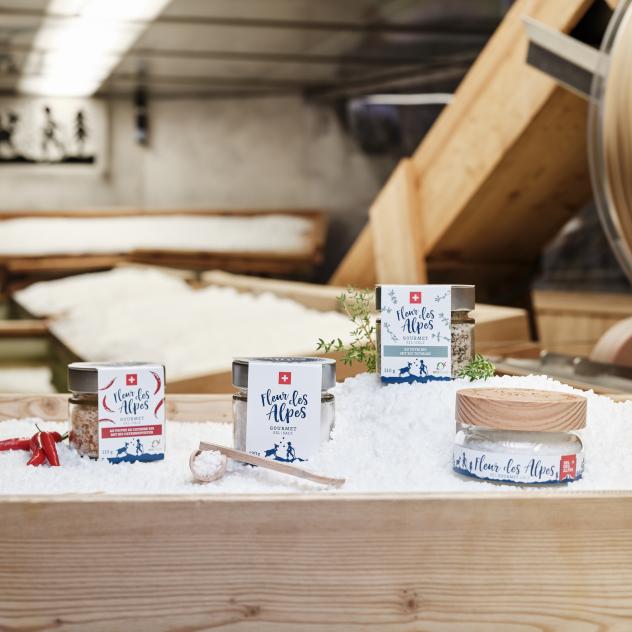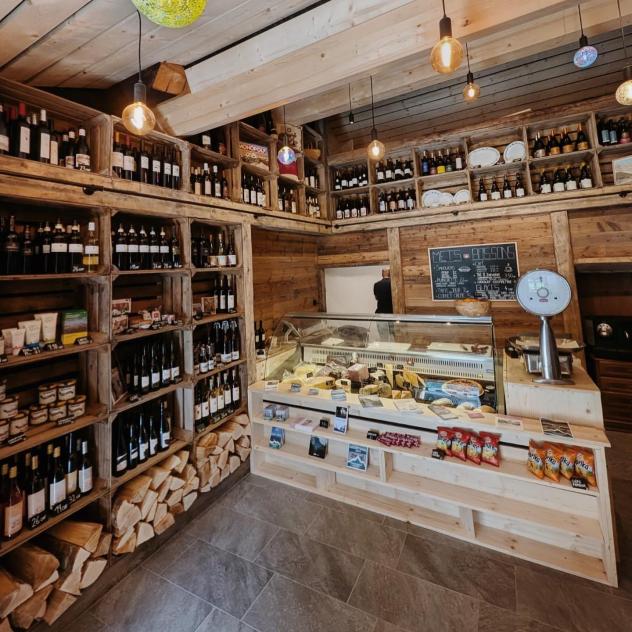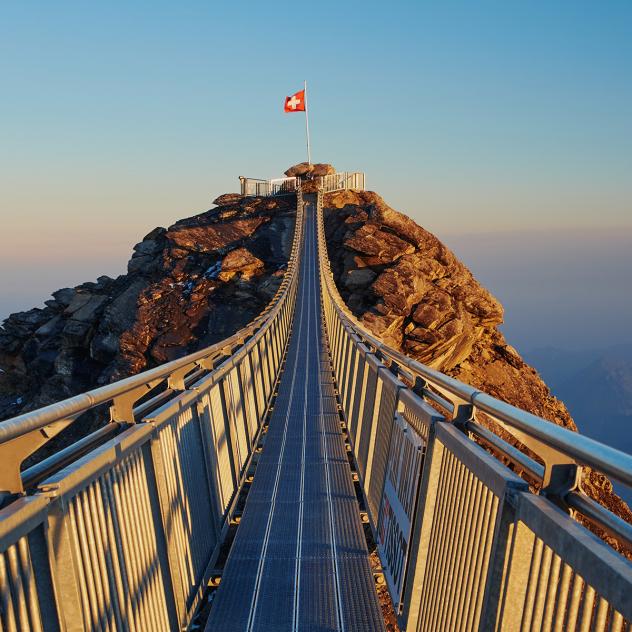
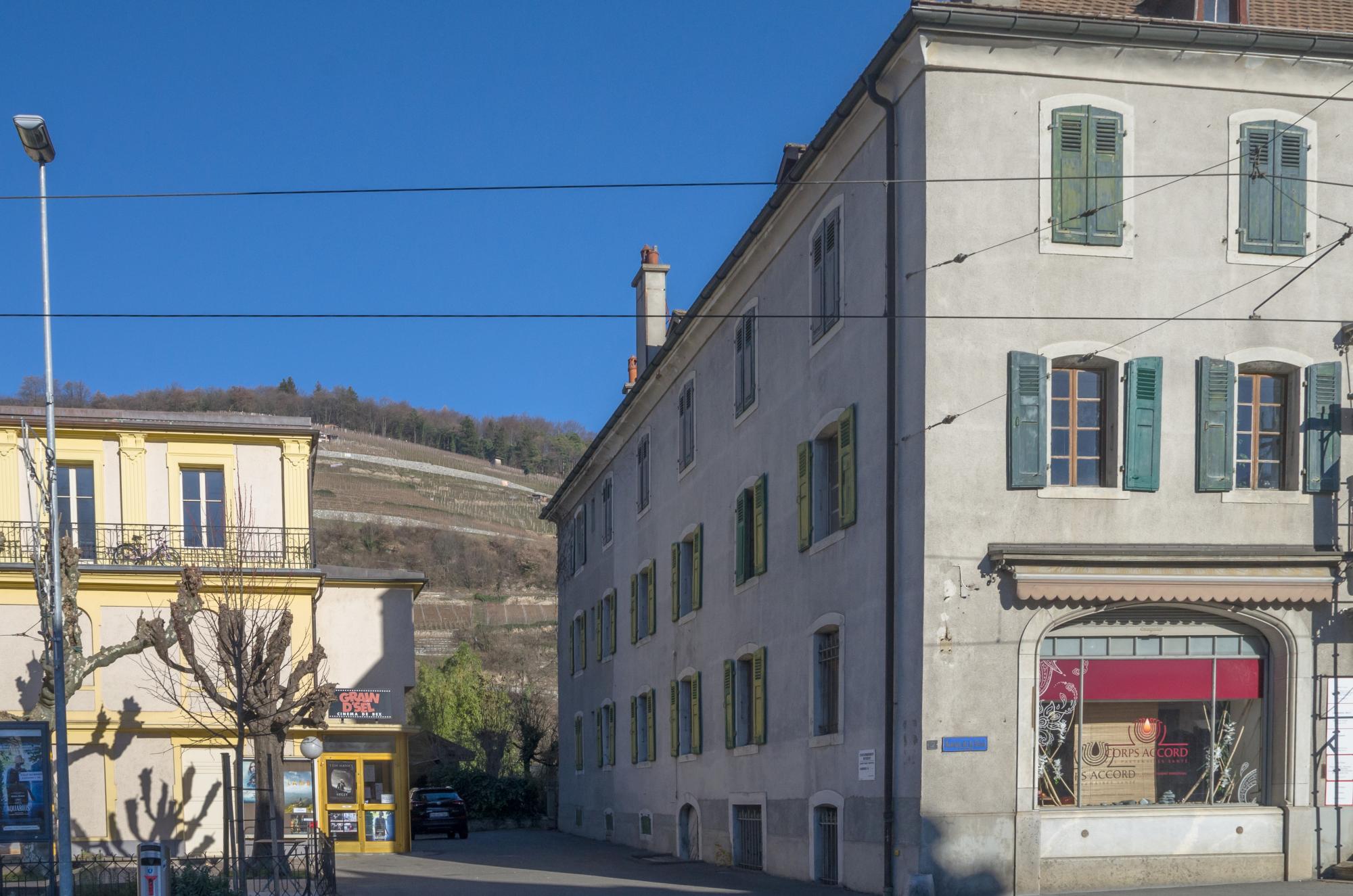
Overview
In the 18th century, this 17th century dwelling house housed the "Auberge de l'Ours", which became the "Hôtel de l'Union" after Vaud's independence (1798). In 1867, thermal baths were installed there. The hotel-restaurant was considered one of the best restaurants in the Vaud region in the 19th century.
Many personalities stayed there: Jean-Jacques Rousseau, Alexandre Dumas, René de Châteaubriand (and his mistress, Mme de Custines, who died there) and Victor Hugo. In 1911, the building was transformed into a drugstore and housing.
In 1798, following the Vaud Revolution and the rejection of Bernese rule, the establishment changed its name to the Hôtel de l'Union. The owner, Benjamin Dürr, also owned the Grand Hôtel des Bains. The flats of the Union were bright and airy. In an outbuilding of the hotel, guests could taste whey, cow's milk, goat's milk or ass's milk. A horse-drawn carriage service was available to take you around the area.
And the food was excellent: the Manuel du voyageur en Suisse (1830) considers that "the Union is one of the best inns in the whole country"! Alexandre Dumas, the author of The Three Musketeers, reports in his Impressions de voyage en Suisse that during his stay at the Union in 1832, the trout served on the evening of his arrival was so good that he asked for some for his breakfast the next day! The Hôtel de l'Union was also famous for its hunting: the manager served chamois all year round. Châteaubriand tasted and enjoyed it; his wife did too, for, according to her husband, "she only dreamed of going to Bex, always to eat chamois".
However, it was perhaps not greed but jealousy that drove Mme de Châteaubriand to come to the Union: indeed, her husband's mistress, Mme de Custines, regularly stayed there and met Châteaubriand. As the latter came too rarely, Mme de Custines complained, which explains the nickname "Grognon" that Châteaubriand gave her in his letters. Mme de Custines died at the Hôtel de l'Union, where her room could be visited!
Other personalities stayed at the Union, such as Mme de Staël, the Empress Marie-Louise, who was Napoleon's second wife, Lord Byron, and Victor Hugo.
However, the many luxurious hotels built in Bex during the 19th century ended up competing with the Hôtel de l'Union, which closed in 1910.
Practical information
For more information:
Fiche n° 14 of the architectural census of the canton of Vaud.
B. D'Andlau et al, Châteaubriand. Correspondance générale, Paris, 1977.
Ch. Buffat, Guide du promeneur à Bex, Bex, 1879.
E. Chédieu de Robethon, Chateaubriand et Madame de Custine, Episodes et correspondance inédite, Paris, 1893.
J. G. Ebel, Manuel du voyageur en Suisse, Paris, 9th ed. 1830.
D. Formaz, Sur les traces de Dumas entre Léman et Grand-St-Bernard, Paris, 2013.
R. A. Houriet, Bex du régime bernois à la révolution vaudoise, Bex, 1957.
R. A. Houriet, Bex (collection Trésors de mon pays 140), Neuchâtel, 1972.
Translated with www.DeepL.com/Translator (free version)
Location
Getting to Bex
Car parks and transport
Brochures and maps
Practical information
- location_on
Office du Tourisme de Bex
Avenue de la Gare 68
1880 Bex
- phone_in_talk
+41 24 463 30 80
- mail
info@bex-tourisme.ch
Facebook
Instagram

